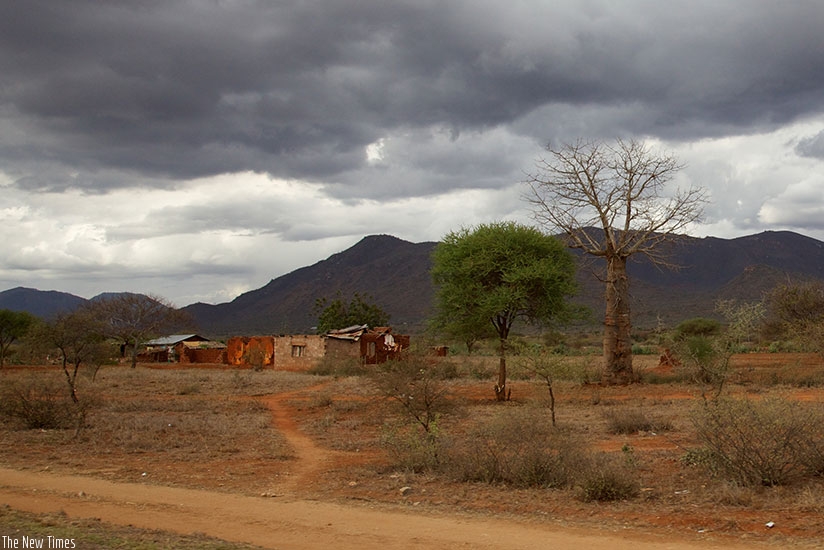Editor, RE: “How satellite images and deep learning can fight global poverty” (The New Times, August 20, 2016). I totally disagree with this article. Satellite images cannot in any way help in fighting poverty. What they can do though is helping foreigners who have never set their foot in Africa clearly see the divide that exists between the rich and the poor in underdeveloped countries.


Editor,
RE: "How satellite images and deep learning can fight global poverty” (The New Times, August 20, 2016). I totally disagree with this article. Satellite images cannot in any way help in fighting poverty. What they can do though is helping foreigners who have never set their foot in Africa clearly see the divide that exists between the rich and the poor in underdeveloped countries.
I believe your article is based on the recent BBC satellite images showing South African slums next to upscale neighborhoods. But then, such a divide is already known by all underdeveloped countries, including South Africa. The number of people living in Soweto (South Africa) and Kibera (Kenya) slums is not only well known by the authorities but they do understand the level of poverty prevailing in those slums.
If such economic divide still exists, it is not because African countries were lacking satellite images showing the economic divide between rich city dwellers and the poor, but simply because of poor planning and other economic reasons.
Satellite images do not provide any new learning to African leaders on the economic situation prevailing in our cities’ slums.
Semugeshi
**************************
You clearly don’t understand the deep learning field. Obviously, satellite images cannot fight the poverty alone. It is just another tool to do it. Basically the satellite images are associated with data of the World Bank and the predictability is confirmed by statistical test. It is not matter of opinions.
For the utility, World Bank cannot do a survey every year. Usually, the survey on energy, poverty, etc are done on a selected number of families. Satellite images can be done very day. Those images, together with surveys, can help researchers predict over the time and extend in other remote regions the information about poverty etc.
Stefano Cacciatore


